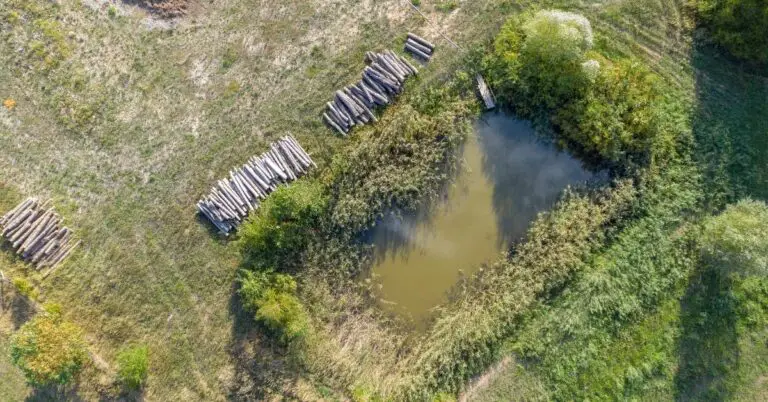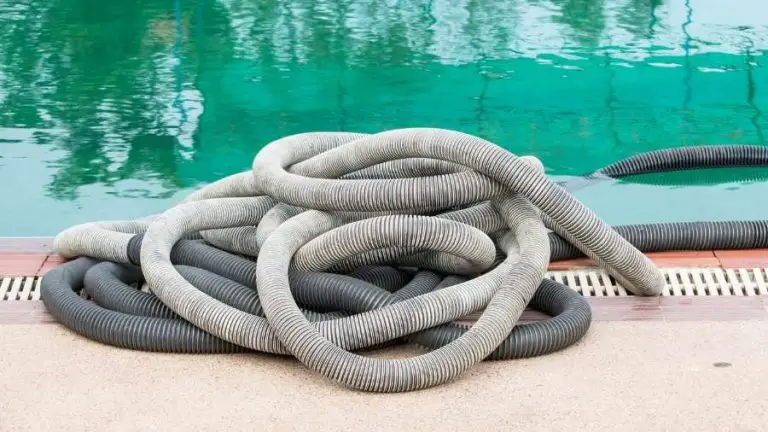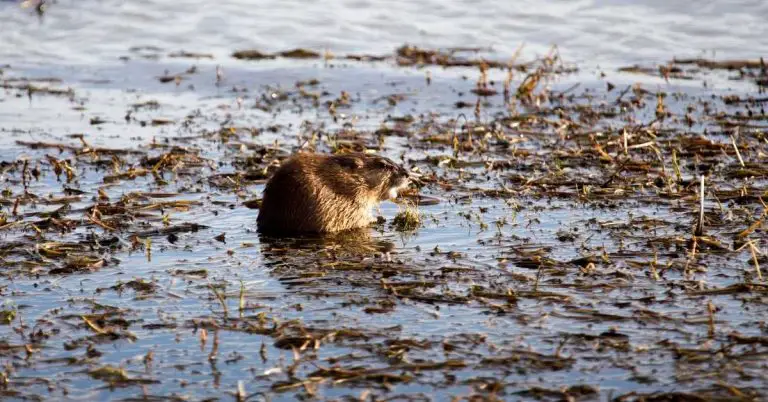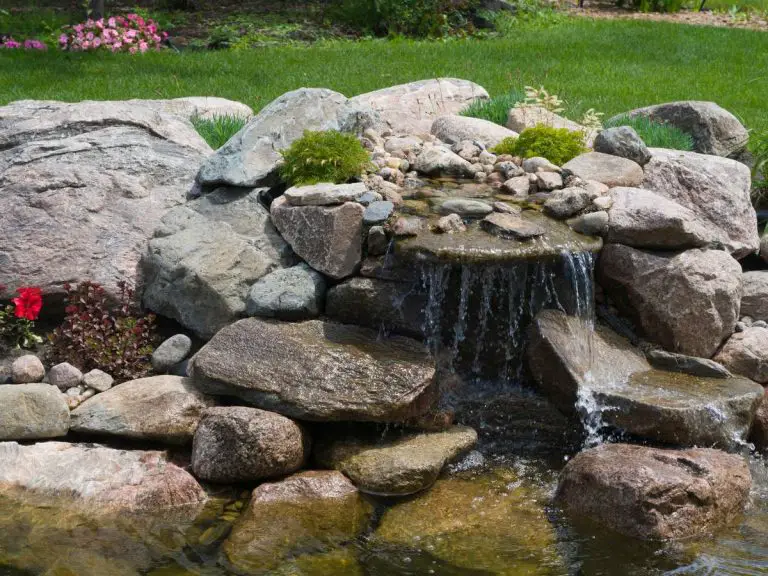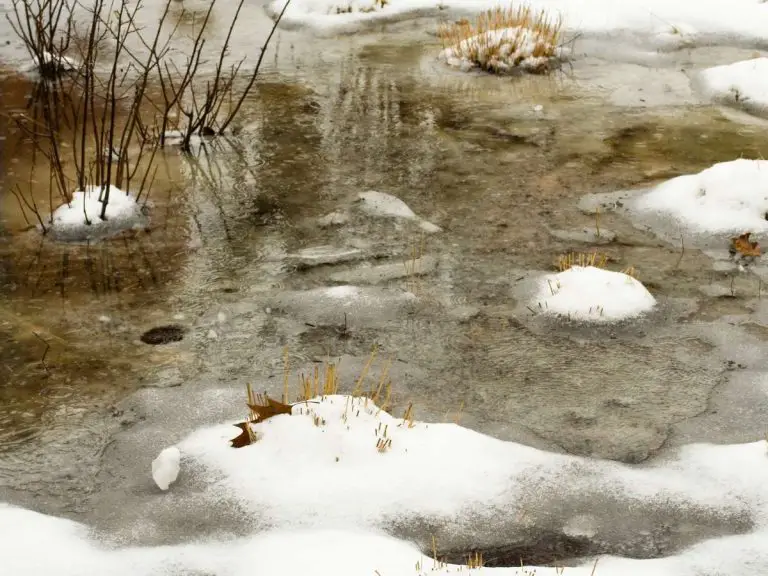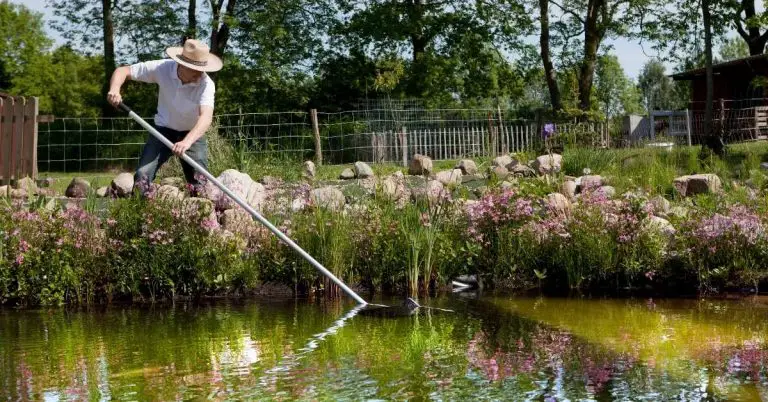How Deep Should A Backyard Pond Be? Is A Deeper Pond Better?
If you’re in the process of building or planning your new backyard pond, there are many things to consider. One of the most important of these things is depth.
A backyard pond should be about 2 feet deep at a minimum, while a koi pond should be slightly deeper at about 3 feet deep minimum. Essentially, the deeper the pond the less likely you are to see an overgrowth of unwanted bacteria and algae. A deeper pond will also keep your fish safe from predators, if you have any.
But these numbers are just basic averages to keep in mind when considering the many variables that come into play in determining the ideal depth for your backyard pond. Let’s go into a few of these considerations now.
Why Pond Depth Matters
Depth is not just a superficiality when it comes to your backyard pond. In fact, it’s something you’re going to need to consider carefully during the planning stages of your pond.
The depth of your pond is a huge determining factor in not only how your pond will look but also how difficult it will be to maintain.
Think of it this way: pond depth determines how much water will fit in your pond. So the deeper the pond, the greater the volume of total water in the pond when it’s filled to capacity.
So for examples, a very deep pond with a high volume of water will warm up much more slowly under the sunlight during the day. This helps to maintain the delicate ecosystem of your pond by preventing and overgrowth of unwanted bacteria and algae. This is why it is generally recommended that simple backyard ponds be a minimum of 2-3 feet deep.
On the other hand, shallow ponds with a low volume of water can warm up very quickly. This leads to that common sight of brown or green water covered in algae we often see in small outdoor ponds or fountains that haven’t been cleaned in very long time.
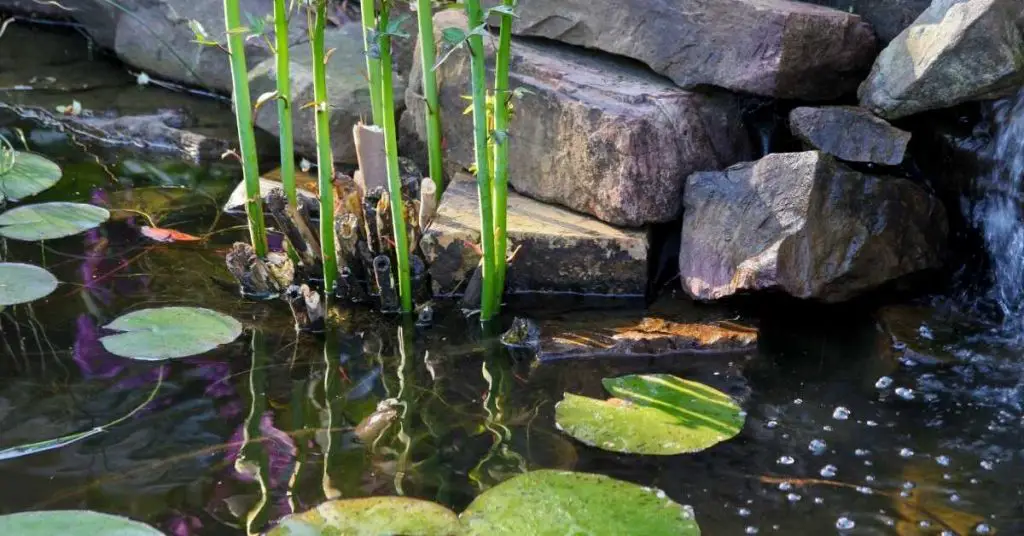
How Deep Should A Wildlife Pond Be?
But not all ponds are the classic backyard ponds I’ve described above where large water volume is recommended. In some instances, you actually want a shallower pond.
A wildlife pond should generally be no more than 1 foot in depth. Wildlife ponds are created specifically to attract local wildlife including birds, insects and airborne bacteria. Therefore it is encouraged to make your wildlife pond as shallow as possible to make it accessible to all kinds of creatures like frogs and other lizards.
And while 1 foot is the maximum depth for a wildlife pond, try to aim for around 30cm for optimal efficiency.
Think of a wildlife pond as a kind of miniature wetlands, or even outdoor terrarium. Just fill up a shallow puddle-like pond, plant some local plants around the edges and let the wildlife come to you. You will find that these ponds become a hit with various kinds of creatures around your neighborhood very quickly.
How Deep Should a Koi Fish Pond Be?
A koi pond is a very similar to a normal backyard pond but there are few extra considerations to keep in mind.
A koi pond should be a minimum of 3 feet deep from edge to edge. This means that the edges of the pond should be at least 3 feet deep as well as the middle of the pond.
There are some very good reasons why a koi pond should be deeper than a regular backyard pond. For starters, a deeper pond gives the koi more room to move around which makes their lives more pleasant. More importantly, a deeper pond keeps the koi safer from predators.
When your pond is shallow, or has shallow edges, this is an initiation to predators. Predatory creatures like birds, cats and raccoons will wait for the fish to enter the shallow parts and eat them.
This is why I always recommend that koi ponds have steep edges that go at least 3 feet deep, preferably even deeper.
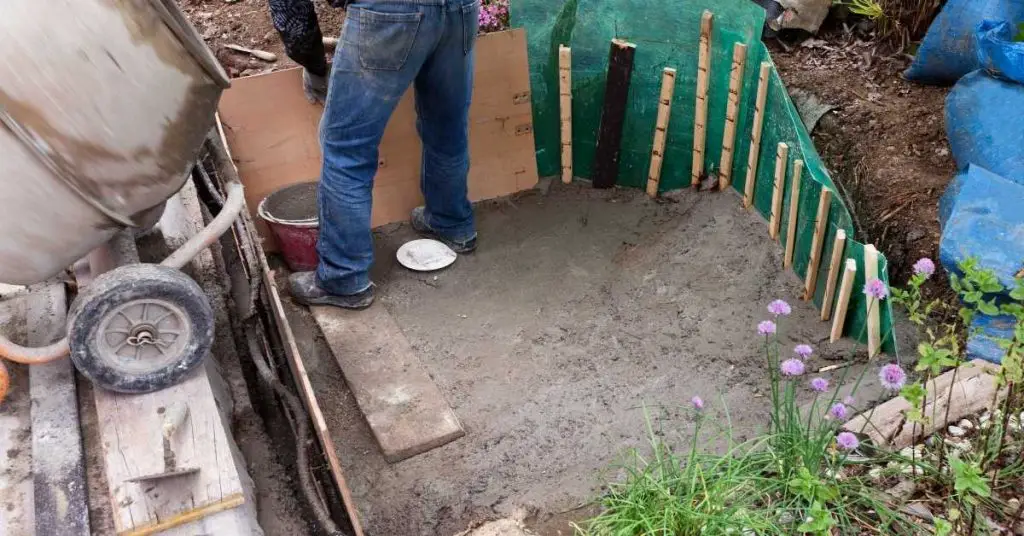
If you absolutely cannot have your koi pond be at least 3 feet deep, you can alternatively cover the entire pond with netting. This will keep your koi fish safe from most predators except the most adept and clever animals like racoons and cats who will eventually figure out a way to get past the net.
However, I don’t recommend this strategy as netting is not only an eyesore but a hindrance to keeping the pond clean. Dirt and debris will still fall through the holes in the net and it will be difficult to remove it every time you want to clean your pond. In my experience, a covered pond tends to become a dirty one.
Another consideration besides the safety of the koi is how big you want them to grow. Contrary to popular belief, your koi will continue to grow until they reach full size regardless of how deep your pond is.
However, the depth of the pond can affect the size of your koi in other ways. For example, A shallow pond that doesn’t have enough natural food sources available will cause your koi to compete and some to die from lack of nutrition. Another factor, as mentioned earlier, is that a shallow pond will make your koi more likely to be eaten by predators and not reach their full genetic potential.
In general, as long as your koi pond is between 3-6 feet deep with proper temperature control and nutrition, your koi will grow large and live long happy lives.
What Is The Ideal Depth For Pond Plants?
If you plan on having only plants in your pond there are actually quite a lot of variables to keep in mind.
Pond plants will need a water level that is, on average, about 1-2 feet deep. This depth will give you enough room to plant a full array of different types of pond plants.
Some pond plants need to be submerged in very deep water while others like to stay mostly above water in the moist fringes around the edges of the pond.
There are, generally speaking, 5 pond plant zones and each one has different sorts of plants that can grow ideally in them. Zone 1 is where the top of the plant is just above the water. Zone 2 is where the plants are submerged up to 0-5 inches with the top half of the plant above water. Zone 3 is usually when plants are 5-10 inches submerged underwater with only the very tops poking above the water line. Zone 4 is when the plant is rooted, or potted, at the very deepest part of the pond with that extend upwards with lilies and lotus pads floating on the surface. And finally, zone 5 is for floating plants like water lettuce and hyacinths.
But these are of course just guidelines and the actual depth you plant your plants will depend on which plants you’ve chosen and how deep your pond is.
That’s a lot of information to take in, so here it is in table form. This should give you a good idea of how deep to build your pond to accommodate certain types of pond plants.
| Zone 1 Moisture | Zone 2 Marginal | Zone 3 Deep Marginal | Zone 4 Submerged | Zone 5 Floating |
|---|---|---|---|---|
| 0-5 inches | 0-10 inches | 5-10 inches | 12-24 inches | Floating |
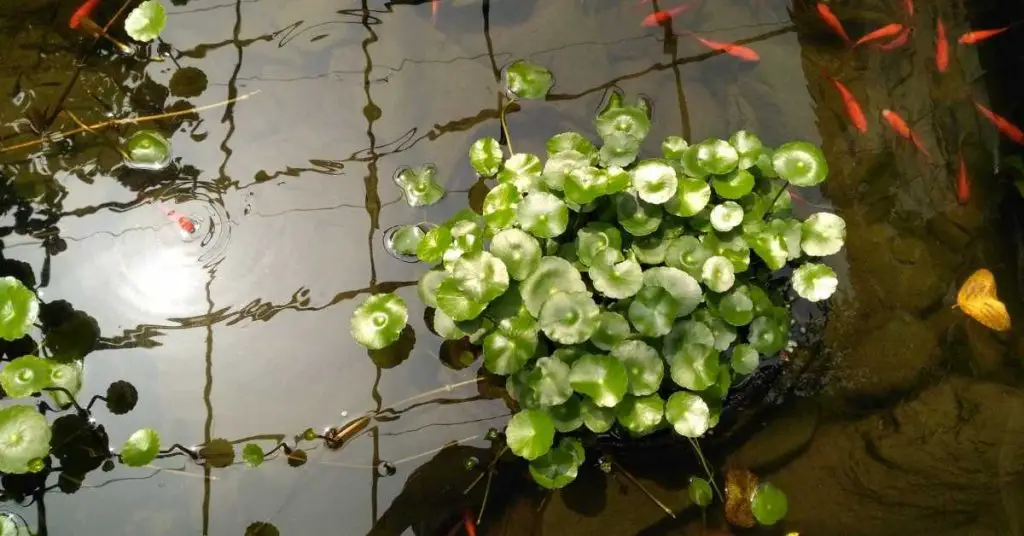
Final Thoughts
Hopefully you now have some idea now of how deep your backyard pond should be.
As we’ve discussed, the ideal depth of your pond does not just come down to personal preference based on aesthetic values. It’s really all about what kind of pond you intend to build.
A normal backyard pond that mainly consists of water features like streams and waterfalls only needs to be about 2 feet deep to avoid algae and bacteria build up and to keep the water clear.
A wildlife pond, on the other hand, thrives at shallower depths. In this pond scenario we encourage the growth of local bacteria and insects to create a sort of backyard conservation area.
At the other end of the spectrum, a fish pond, or koi pond, needs the most depth to thrive. These ponds should be built at a minimum of 3 feet deep in order to encourage a spacious, vibrant habitat for your fish and to discourage predators from feasting on them!
And of course, pond plants have their own depth requirements depending on the type and species.
Whichever pond depth you choose, there are plenty of options to have a beautiful and healthy pond you can enjoy all year. Good luck and happy ponding!

